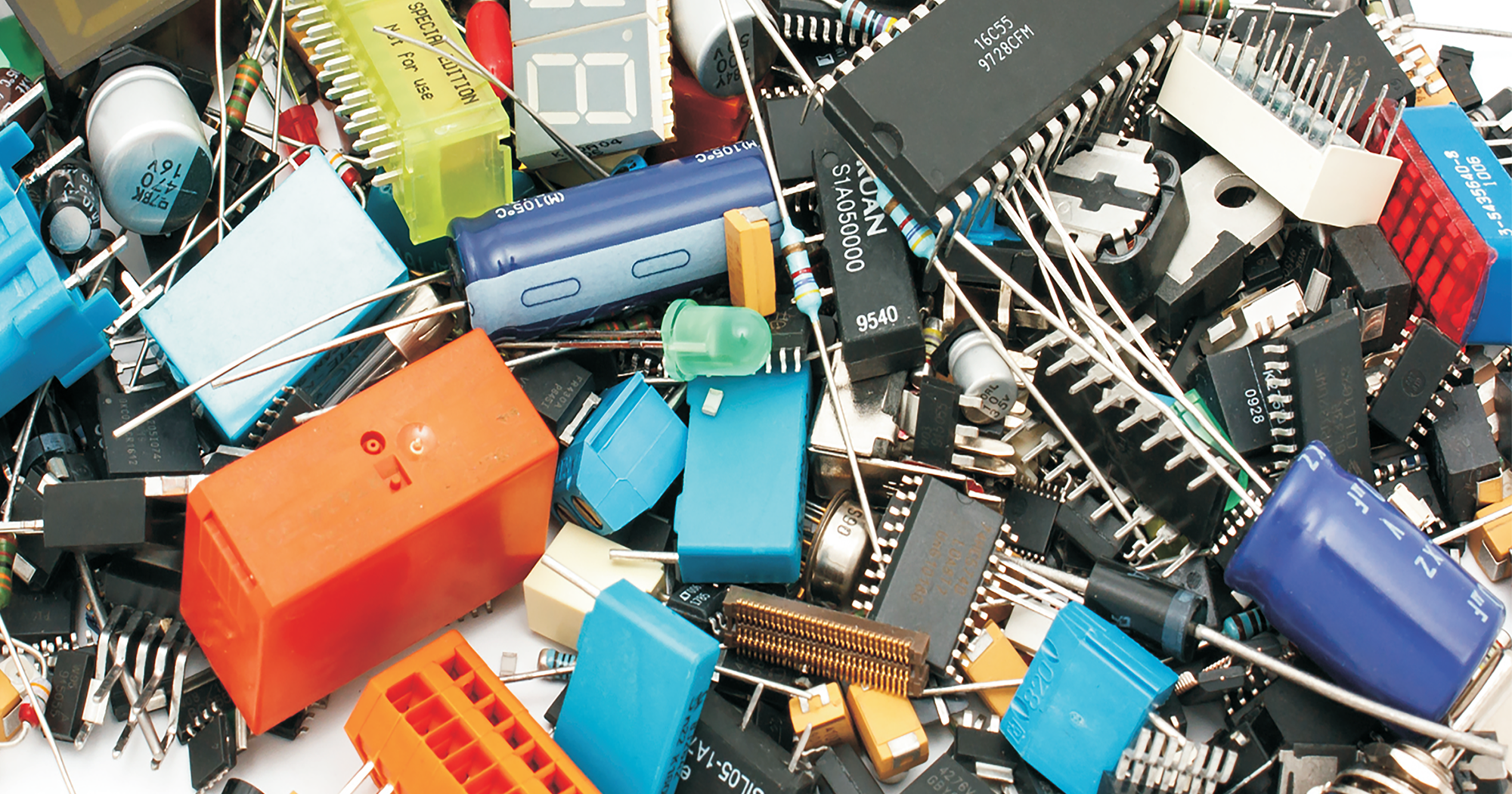Understanding SP7T in Rotary Switches: A Key to Multi-Position Switching
Rotary switches are fundamental components in electronic and mechanical systems, offering versatile control over circuits by providing multiple switching positions. Among the technical jargon in rotary switch specifications, the term SP7T often appears, raising questions about its meaning and relevance. In this article, we explore what SP7T represents, its significance in rotary switches, and how it impacts the design and functionality of electronic systems.
What Does SP7T Mean in a Rotary Switch?
SP7T is an abbreviation that defines the type and configuration of the rotary switch. Breaking it down:
- SP (Single Pole): Refers to a single input or pole in the switch. This pole is the point from which electrical current enters the switch.
- 7T (7 Throw): Indicates the number of output connections, or "throws," the switch can direct the input current to. In this case, the switch has seven distinct positions or outputs.
Thus, an SP7T rotary switch is a single-pole, seven-throw switch capable of connecting one input to any one of seven outputs, depending on the selected position.
Key Features of an SP7T Rotary Switch
-
Multiple Switching Positions
The seven distinct positions allow users to toggle between different circuits or configurations seamlessly. This makes SP7T switches highly suitable for applications requiring multi-position control. -
Compact Design
Most SP7T rotary switches, such as the through-hole variants, offer a compact and reliable solution for space-constrained designs. The through-hole mounting ensures durability and firm placement on printed circuit boards (PCBs). -
Electrical Ratings
Commonly rated at 500mA (DC), SP7T switches are designed to handle moderate current loads, making them suitable for low-power applications. Some models also support AC circuits, further enhancing their versatility.
Applications of SP7T Rotary Switches
1. Consumer Electronics
SP7T rotary switches are widely used in devices requiring multiple settings or configurations, such as:
- Audio equipment: Switching between different input sources or sound profiles.
- Home appliances: Adjusting modes in fans, heaters, or ovens.
2. Test and Measurement Equipment
In test instruments, SP7T switches enable precise control by allowing the user to select between different measurement ranges or input sources, enhancing functionality and ease of use.
3. Telecommunications and Signal Routing
Rotary switches like SP7T are employed in signal routing, connecting one signal line to multiple channels in telecommunication devices or RF systems.
4. Industrial Automation
In control panels, SP7T rotary switches are used for selecting operational modes, controlling machinery functions, or adjusting parameters across multiple settings.
5. Prototyping and Development
Engineers often use SP7T switches in prototypes to test different configurations or circuits without needing multiple individual switches.
Benefits of Using SP7T Rotary Switches
-
Space Efficiency
A single SP7T switch replaces seven individual switches, simplifying circuit design and conserving PCB space. -
User-Friendly Operation
Rotary switches offer intuitive selection, making it easy for users to toggle between settings without confusion. -
Durability and Reliability
Most SP7T switches are built to withstand frequent use, offering long lifespans even in demanding environments. -
Cost-Effective Solution
Consolidating multiple switches into one reduces component costs and streamlines assembly.
Considerations When Selecting an SP7T Rotary Switch
To ensure optimal performance, consider the following factors when choosing an SP7T rotary switch:
- Electrical Ratings: Match the switch's current and voltage ratings with your application requirements.
- Mounting Style: Decide between through-hole or surface-mount options based on your PCB design.
- Mechanical Durability: Check the operating life (number of switching cycles) to ensure reliability in your application.
- Switching Angle: Ensure the switching angle suits your design for smooth operation.
- Environmental Resistance: For industrial or outdoor applications, select switches with higher resistance to dust, moisture, or temperature extremes.
Future Trends in Rotary Switch Design
As electronic systems become more complex, rotary switches like SP7T are also evolving to meet new demands:
- Miniaturization: Manufacturers are designing smaller switches to accommodate compact devices without compromising functionality.
- Smart Integration: Advanced rotary switches are being integrated with microcontrollers for automated control and feedback systems.
- Enhanced Durability: Improved materials and contact designs are increasing the lifespan and reliability of rotary switches.
Conclusion
The SP7T designation in rotary switches, meaning single-pole, seven-throw, highlights the component’s capability to connect one input to seven outputs in a compact and efficient design. This versatility makes SP7T rotary switches indispensable in industries ranging from consumer electronics to industrial automation.
For engineers and procurement professionals, understanding the nuances of SP7T switches allows for better decision-making, ensuring the right component is chosen to optimize performance and reliability in various applications. As technology advances, rotary switches will continue to adapt, providing innovative solutions for modern electronic systems.
For more information or to request a quote, please feel free to send us an RFQ.
Some Model Number




